Working far from home, Paul von Chrismar from Büro Architects has been integral in the creation of a grand Buddha in Bhutan that makes an enduring impact on that country and the world.
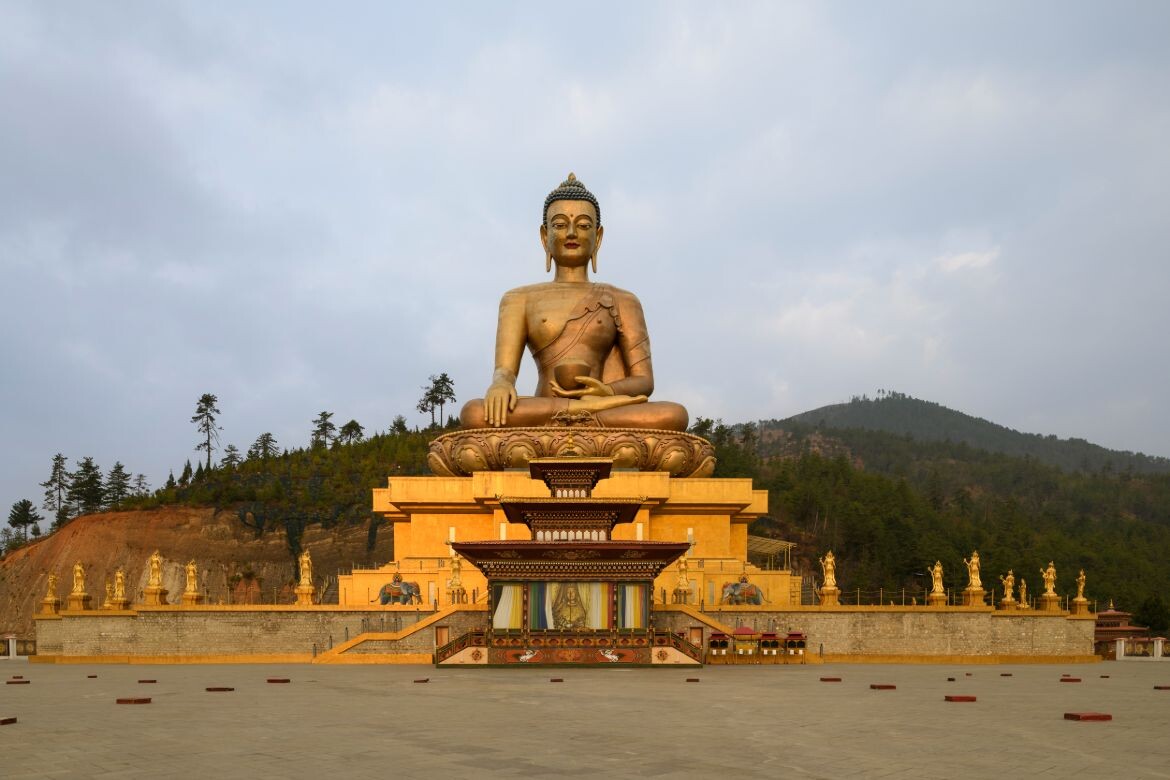
August 6th, 2025
Some projects are closer to the heart than others and the idea and realisation of the Great Buddha Dordenma has made an indelible imprint on a country, it’s people and culture, and an Australian architect.
It’s strange how meeting one person can lead to a life-changing opportunity. For Paul von Chrismar, architect and co-founder of Melbourne-based practice Büro Architects, that serendipitous meeting was in the early 2000s working in Hong Kong.
Staying at a hotel in Hong Kong, by chance von Chrismar met the owner, Malaysian businessman Danny Wong, who subsequently became a client. Completing projects for Wong, a relationship developed and after a few years, the businessman spoke about a personal project, a vision that he and Singaporean philanthropist Rinchen Peter Teo were joining together to finance.
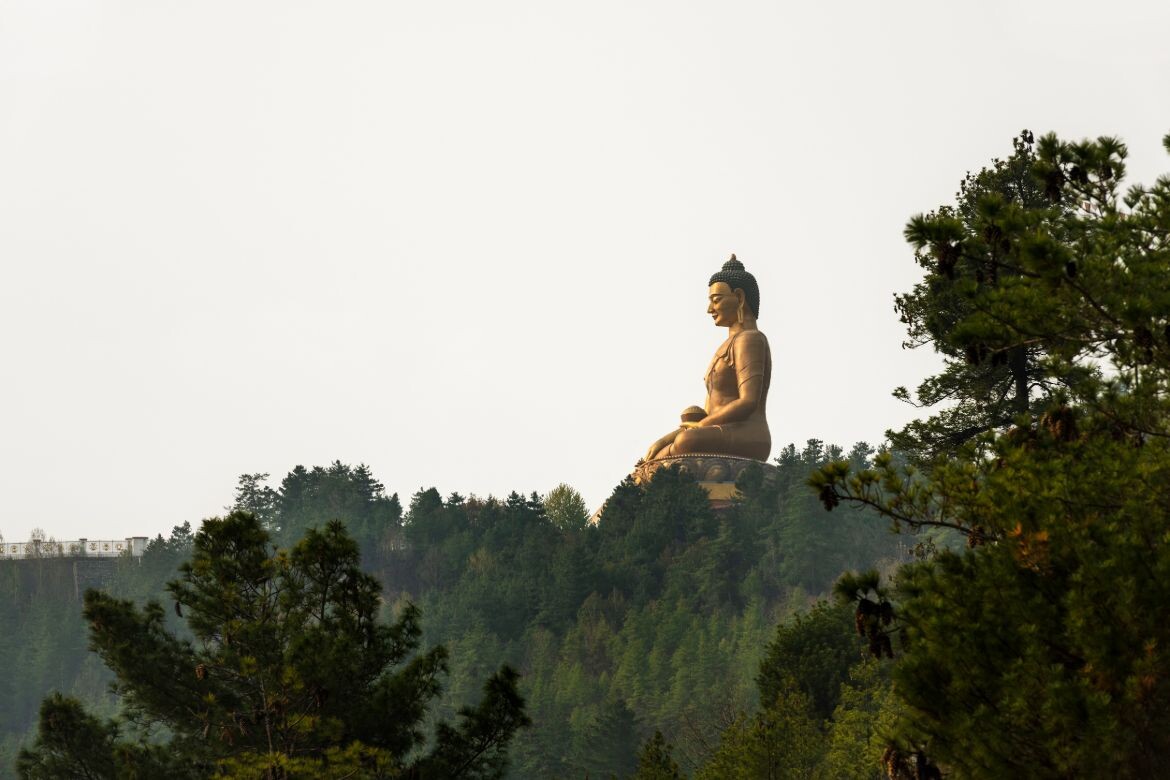
They required an architect and Wong asked if von Chrismar would collaborate. This project was something very special but there would be no fee, however, it was an interesting challenge and von Chrismar agreed. In agreeing to work on the project, not only did the architect assist the benefactors to make their dream a reality, but it was to change his own life as well.
The project was to build a grand Buddha in west Bhutan, positioned on a mountain top that overlooked the capitol city, Thimphu. The completion of the statue would fulfill two prophecies; the first from the yogi Sonam Zangpo who prophesised in the twentieth century that either a Padmasambhava, Buddha or phurba would be built and would bring blessings, peace and happiness to the world; the second was a mention in Guru Rinpoche’s ancient terma from the eighth century*.
In 2006, Von Chrismar travelled to Bhutan to survey the extraordinary site, a steep mountain with outstanding views. With a background in engineering, the architect could understand the complexities of the project and liaising closely with the monk in charge, His Eminence Trizin Tsering Rinpoche, the work began.
Speaking of his time spent with His Eminence planning the project, von Chrismar says, “When I arrived in Bhutan, we went to site the next day and we stood on top of this mountain looking across the capital Thimphu. Together, we sat down and started to sketch. We worked out the cut and the fill. Worked out what would be the most efficient way to achieve what he wanted to achieve, and his vision was incredible.”
The brief for the Buddha Dordenma included a 54-metre-tall statue of a sitting Buddha, there should be a monastery, facilities, a residence for the king and a plaza for 50,000 people to gather and pray. No small list of amenities and all to be built on a steep slope.
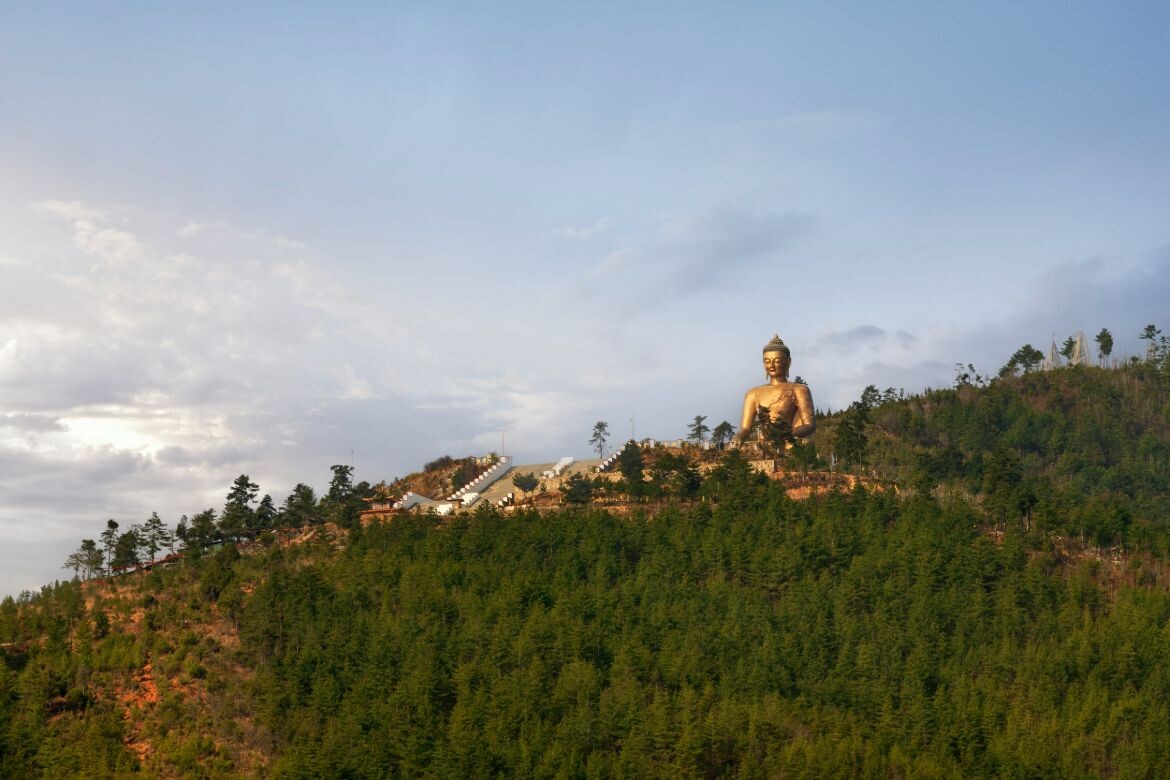
To ensure that all these requirements could be met, von Chrismar collaborated with Arup Hong Kong for the build, to address the site footprint and seismological challenges. Work began in Nanjing, China at Aerosun Corporation constructing the components of the Buddha that is made from 600, two-metre by two-metre bronze panels, and a concrete processing plant was also established at the Bhutanese site.
As the building progressed, the components of the Buddha were completed, and the next challenge was to transport the panels from China to Bhutan. This was accomplished first by shipping the cargo to Kolkata, India then trucking by road from the port to the site.
With precarious roads, this was indeed a mammoth exercise and took approximately a year and a half for all the panels to arrive. Once the materials were on site, the Buddha was reconstructed, with the panels secured to a structural frame in specific areas to allow the skin to move. The brass was then ground back, polished and gilded to achieve the dazzling finish.
“And so my civil engineering and my architectural management skills came into play here, and by that, I mean being able to coordinate the earthworks and structure, working closely with the builders and understanding how projects run.” von Chrismar continues, “So basically, it had to be designed in a way that it could withstand a certain degree of earthquakes.”
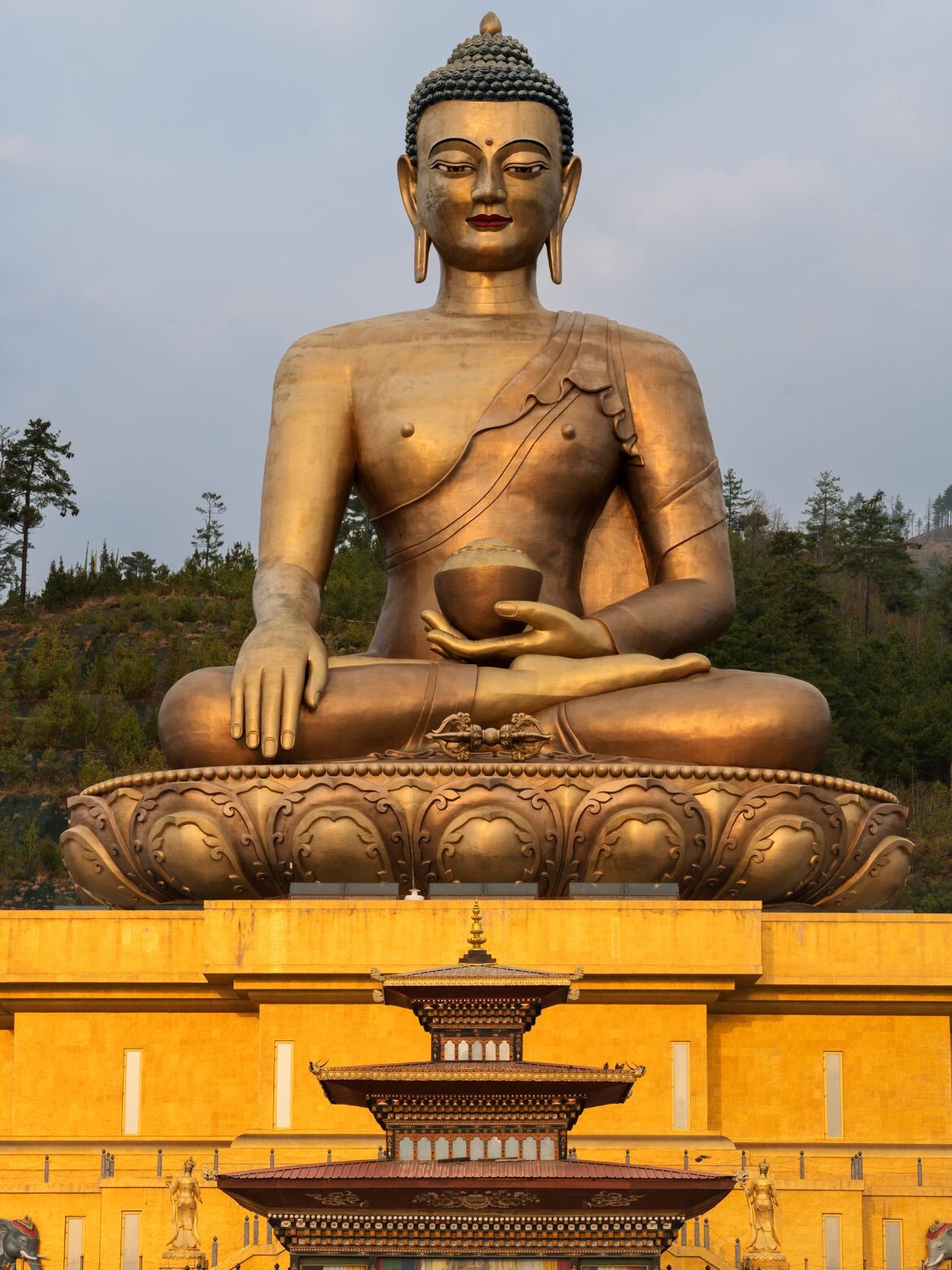
Over the years, and from when the project was first envisaged in 2006, von Chrismar has returned to Bhutan five times. The journeys and the project became a labour of love, and the people and culture have left a lasting impression on him.
Completed in 2015, the Great Buddha Dordenma is one of the largest seated Buddhas in the world and has not only made an enormous impact on the country but is a place for all to connect and to pray. While it is indeed a splendid monument for tourists to visit and a global attraction, it is first and foremost a place for the local people, and this is its real triumph.
As von Chrismar reflects, “It’s geographically incredible, because, you see three valleys from the top, and you look down onto the capital, which means that from the capital, you look up and you see this 54-metre statue of Buddha, lit up at nighttime, with the head in the clouds sometimes as well. It’s so perfectly located, facing east toward the morning sun.”
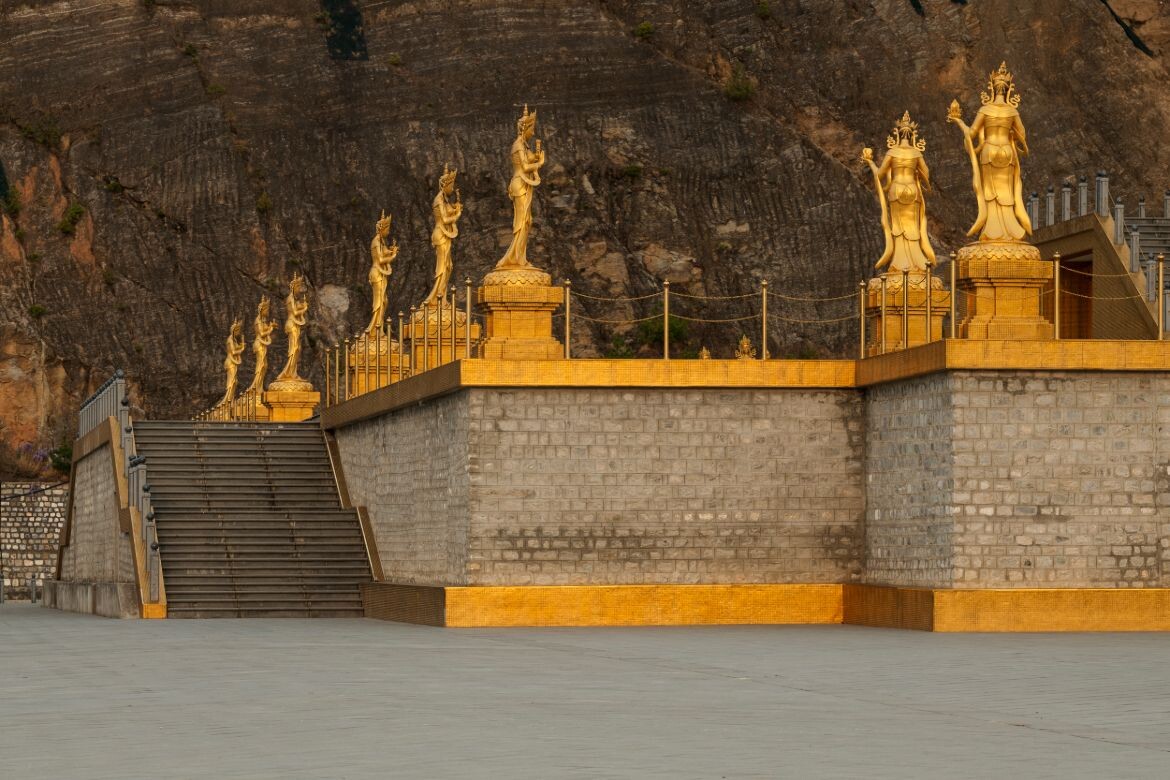
While the Great Buddha Dordenma is now well and truly completed, von Chrismar is still working in Bhutan, “I have clients there now and we’re also doing work with Architects Without Frontiers, which Büro has worked with a few times before. There’s a project, redesigning kitchens for every school in Bhutan that is on the table at the moment with the World Health Organisation, and it’s given me connections there. And so, when I visit, I meet the private client, the government about these school kitchens, and of course, I catch up with people I know.”
While von Chrismar and Büro are happy to donate architectural services, there are so many who benefit from this wonderful generosity. Giving comes back in many ways, through learning about culture, personal wellbeing, satisfaction and even with securing other projects. So, who benefits the most? It’s a two-way street and sometimes it’s hard to say.
As von Chrismar comments, “It’s incredible where the journey takes you and the connections you make. And I think one of the most important things here is if we are willing to talk to people and offer help, it can lead us all around the world
Buro Architects
buro.net.au
Photography
Dianna Snape
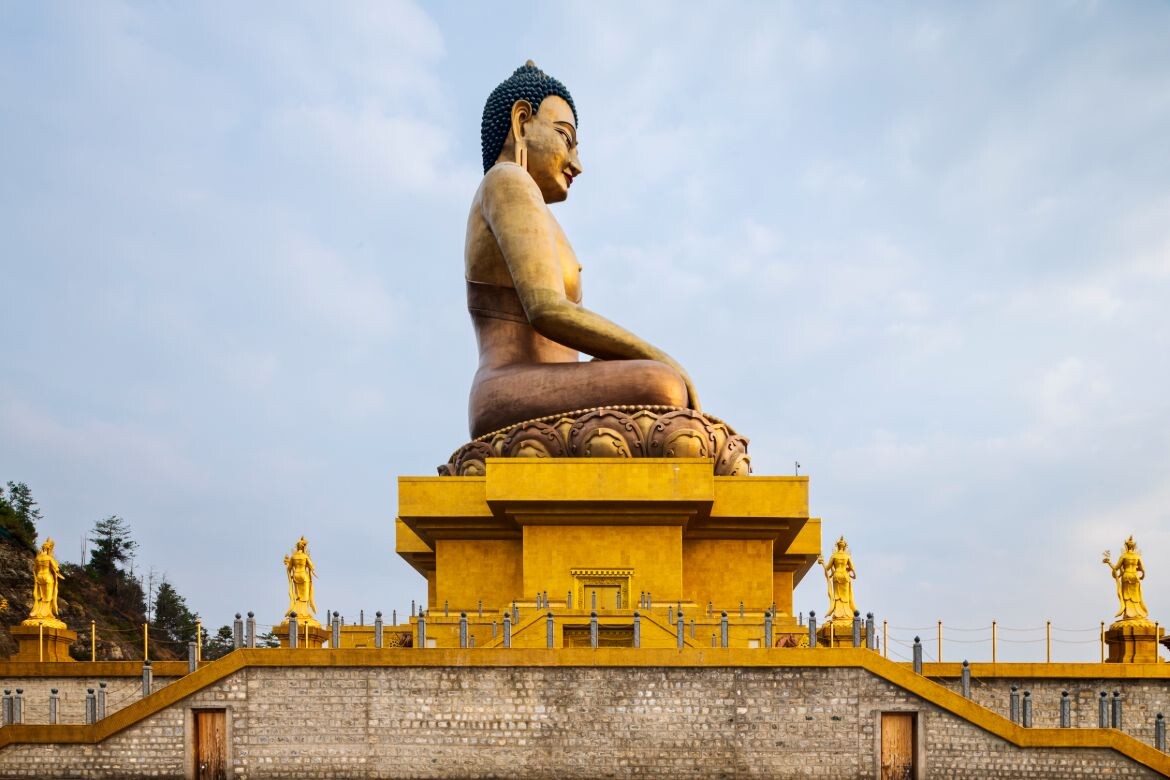
INDESIGN is on instagram
Follow @indesignlive
A searchable and comprehensive guide for specifying leading products and their suppliers
Keep up to date with the latest and greatest from our industry BFF's!

A longstanding partnership turns a historic city into a hub for emerging talent

How can design empower the individual in a workplace transforming from a place to an activity? Here, Design Director Joel Sampson reveals how prioritising human needs – including agency, privacy, pause and connection – and leveraging responsive spatial solutions like the Herman Miller Bay Work Pod is key to crafting engaging and radically inclusive hybrid environments.

In one of its biggest projects to date, ARM Architecture has completed the Sydney Opera House Concert Hall renewal. And it looks and sounds extraordinary.

Moreau Kusunoki and Genton envisage Powerhouse Parramatta as a hyper-platform with exposed structural elements channelling Parramatta’s industrialist history.

Time periods collide in the Temple of Boom, the latest Architecture Commission, set to grace to gardens of the NGV this summer.
The internet never sleeps! Here's the stuff you might have missed
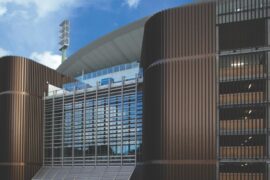
With the Evershield® Anodising 50-Year Warranty, AAF offers peace of mind that architectural aluminium will remain vibrant, resilient, and beautiful for generations.
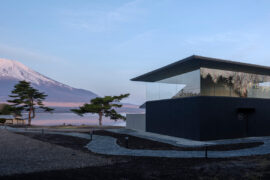
With prime views over Japan’s Mount Fuji, Yū Momoeda’s sauna facility defies typical standards to respond to the undulations of nature.